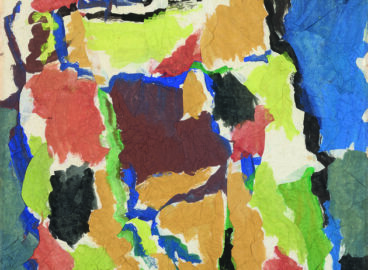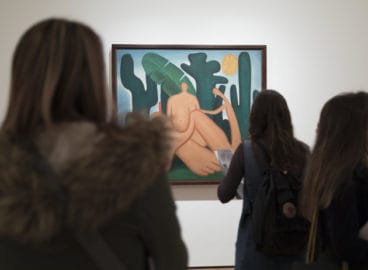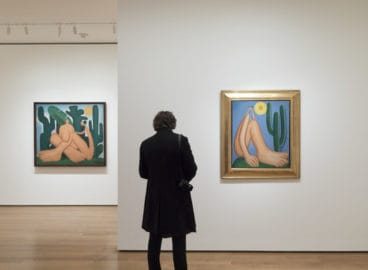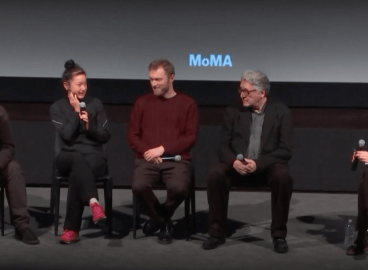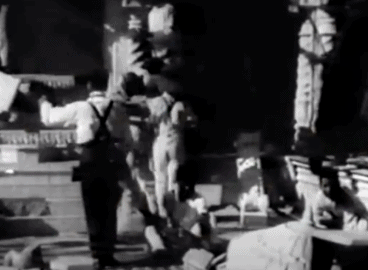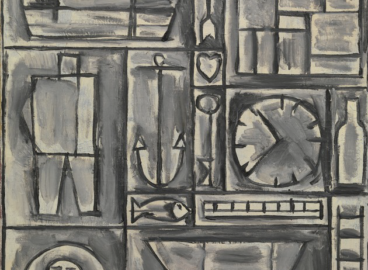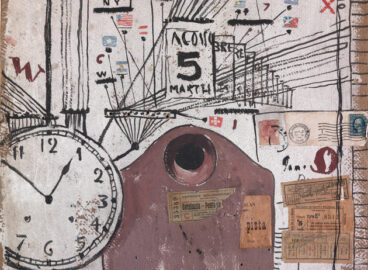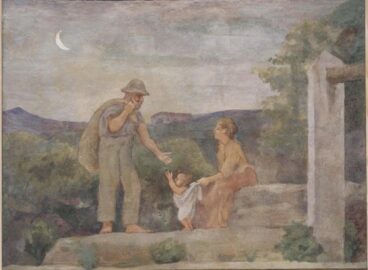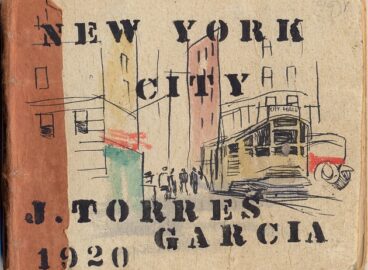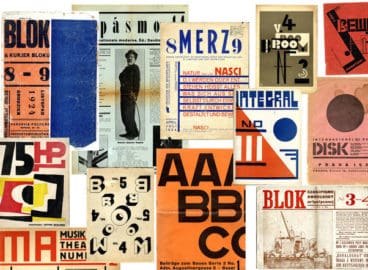Modern Art in the Arab World: Primary Documents
The publication, Modern Art in the Arab World: Primary Documents (2018), edited by Anneka Lenssen, Sarah Rogers, and Nada Shabout, offers an unprecedented resource for the study of modernism: a compendium of critical art writings by twentieth-century Arab intellectuals and artists. The selection of texts—many of which appear for the first time in English—includes manifestos, essays, transcripts…
